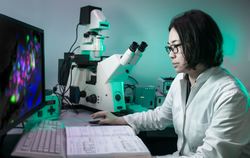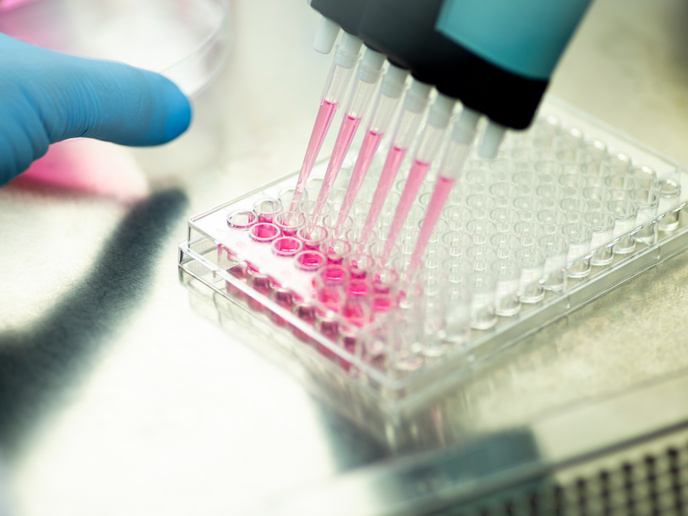Novel biomaterials for regenerative medicine
The main goal of the EU-funded ABREM (Advanced biomaterials for regenerative medicine) project was to establish a collaborative research network of European and Chinese partners in the area of biomedical materials and regenerative medicine. The main research objectives were the synthesis of novel composite nanostructured biomaterials, their characterisation and testing for applications in regenerative medicine. During the five years of the project, partners established effective research collaboration and achieved impressive results. Researchers created a number of new nanostructured composite carbon/carbon, carbon/polymer, polymer/polymer, carbon/ceramic biomaterials and tested them for different biomedical applications. The new materials produced in the project were evaluated for different applications such as bone replacement and tissue regeneration, drug delivery systems, blood purification and diabetes treatment. Anticancer effort of the project resulted in a novel biosensor device based on magnetic gold-coated nanoparticles for imaging and destruction of the target breast cancer cells. In addition, the molecular imaging method developed for non-invasive monitoring of the transplanted stem cells may significantly facilitate future stem cell therapy. Researchers designed biomimetic material to support artificial blood vessels coupled with catalytic generation of nitric oxide (NO). The material promoted proliferation of endothelial cells, while inhibiting adhesion and spreading of smooth muscle cells. Experiments also demonstrated good antithrombotic properties, with inhibited platelet activation and aggregation for use in coronary stenting. The hydrogel with controlled NO release was synthesised for the improvement of heart performance post-infarction. The results showed that this hydrogel can be used as a vehicle for stem cells therapy to treat myocardial infarction. In conclusion, the ABREM project helped establish a foundation that enables long-lasting collaboration between research centres in EU and China. The novel biomaterials demonstrated good biocompatibility with promising results for future applications in regenerative medicine.







